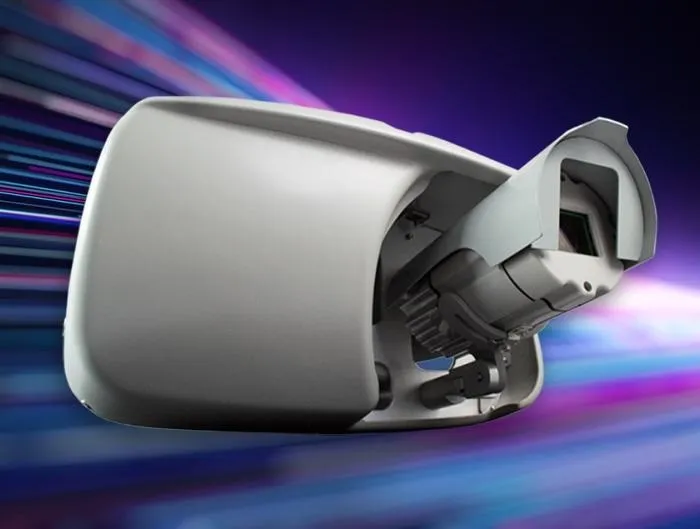InnoSent has released the ISYS-5220 radar system which it says uses angular resolution to monitor complex intersections.
November 12, 2019
Read time: 1 min
The high angular resolution of 4 degrees is expected to detect, differentiate and locate objects in real time. These advantages are particularly noticeable while monitoring heavy-traffic intersections and complex infrastructures, the company adds.
According to InnoSent, the radar system simultaneously determines the speed, position, direction of movement and distance of up to 128 objects. It breaks these down into the classes of truck, van, car and non-motorised and assigns them to one of up to eight detectable lanes.
The tracking function provides information about the movement history of road users and helps keep track of vehicles.










